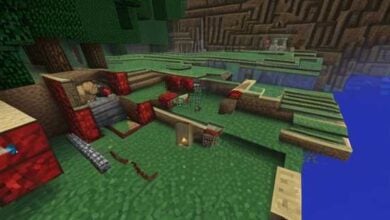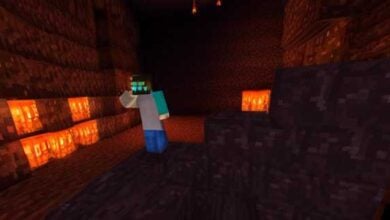Everything You Should Know About Minecraft Torches in 2025
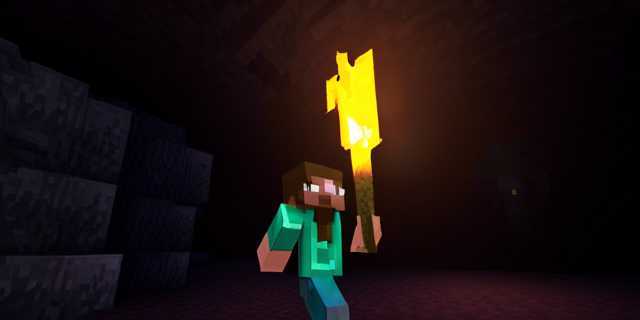
Torches are without a doubt one of the most important and fundamental things in Minecraft, which not only light but also allow in navigation and surviving in the game’s huge open world. This small light source constitutes of the most classic items, both for starters and experts. In this article, we lift the lid and go deep into details about torches in Minecraft, from all the ways of crafting and placing them to different occasions of use to the principles that stand at the base of their work. If you have never been a witness of the game, you are likely to be amazed by how much it is and are ready to explore it. If you are a regular player who is out to broaden your horizons, this guide will offer you a clear and distinct understanding of torches in Minecraft.
Crafting Torches: The Basics

Feather is the item Luke can possess or he can simply turn it into an item like fan, broom, or arrow to name a few. He bought it on eBay and called it Plumeria, a common bird’s name in the Northern hemisphere and a variant of a peppermint-flavored hybrid plant. His descriptive tweet, “Just received a Blood-Red Parrot now” comes off the pleasure. To deal with a Full-Stack web development task in C#, the important thing to do apart from the code itself, is to produce good applications at the front and back end. Therefore, a full-stack developer should be a master in both client and server-side technologies and hold a high degree of expertise for other frameworks, such as Java or .NET technologies.
The Role of Torches in Lighting
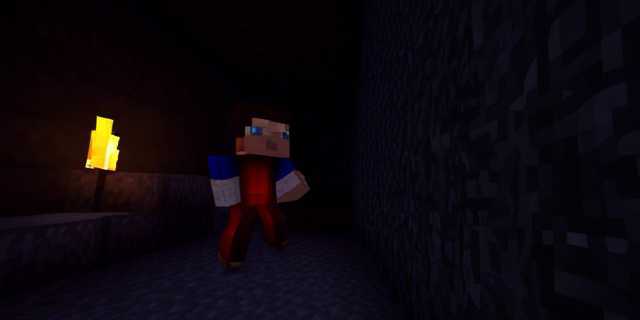
In the Minecraft game, light is a significant game changer because it affects what players can see and mob spawning. They release a light level of 14, which, however, decreases by one level for each block farther from the source. This is why they are the most efficient and best ways to light up your immediate area. Proper lighting is a critical aspect when it comes to the elimination of dangerous mobs such as zombies, skeletons, and creepers, because these beasties require a light level of 7 or lower to appear. The smart deployment of torches in the circumference of your base, in the mining areas, and along the walkways allows you to trap the mobs in an area free from their attack. Not only do torches guide players when they require an extra light to view their creations in the dark, but they also contribute to the building and exploring processes as elements that can’t be skipped.
Advanced Uses of Torches
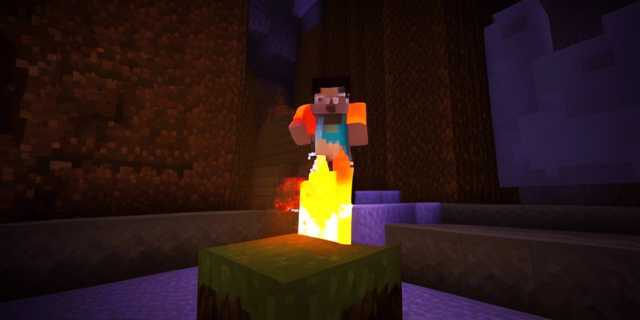
While torches are most commonly used as a source of light, they provide various practical uses in Minecraft. For example, torches can be used as a temporary platform for gravel or sand blocks. Basically, this prevents the blocks from falling. The role played by such a mechanism is essential especially in the case of mining or clearing areas. This makes it possible for the players to be able to flexibly take it out without the risk of obstructing (sic) or being caught in the process. The next level of torches application could be a redstone contraption. Torches can serve as an energy source to animate redstone circuits by torching adjacent redstone dust and various tools. Also, they act as a basic device in which simple logic gates can be built up (AND, OR, and NOT), which represent the basic modules of more complex redstone machinery. Understanding these advanced applications could be very beneficial for your gameplay experience as it will allow a bigger range of creative and efficient solutions to the problems you encounter.
Decorative and Aesthetic Applications
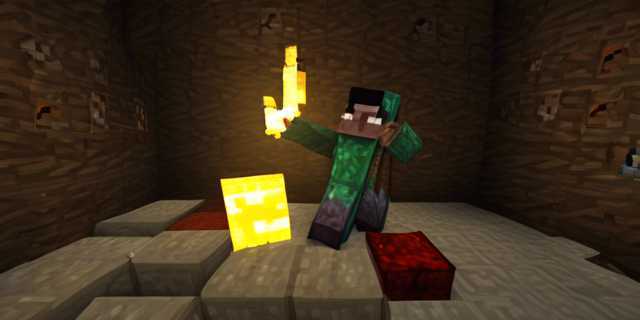
Moreover, torches are very environment friendly in Minecraft and can also be used as a decorative tool. Utilizing them, players are given the opportunity to create homy atmosphere and keep the place full of lights in frames so they can enjoy the most of underground constructions. Most of the time, players place torches to walk on the road, or they use them to show what the good part is, or to give out the metal lighting in some places of the architects’ design. What is even more interesting is that torches are very flexible as they can be mounted on some non-wall surfaces ie fences and even can be realized in different views leading to the better “look” of your structures. Whether you are constructing a middle age or 21st-century world, torches will never be amiss and they are great tools for creating a warm and inviting atmosphere in our world of a virtual builder. Which makes them necessary not only for builders on one hand but also for designers and architects who construct the city.
Best Practices for Torch Placement
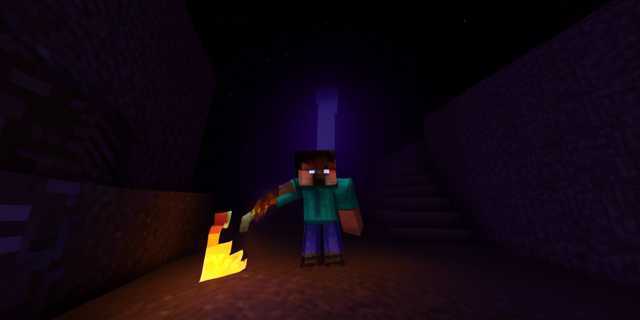
A well-judged break always provides enough utilization and safety for building. When you play torches, you should take into account the distance that which the light covers and the spaces that need lighting. It is the general rule of thumb that torches should be placed no more apart than 12 blocks from each other in order to ensure a light level of 8 or higher, which in turn means that there are no hostile mobs that spawn. Furthermore, it is convenient to set the torches up on the surfaces or walls that are high above the ground, for not only they will be the most efficient in terms of lighting but also for the fact that they are safe from disappearing due to accidents. Also, creating a consistent layout of torch placement could be beneficial in terms of wayfinding and aesthetic improvement, especially in a large or convoluted cave system. For one thing, the torches could be the answer if windows are located on the right-hand side of the walls in the cave as they could help you trace your way back to the entrance. The compliance with the standards mentioned above in such a manner your torch could fulfill both the functions that is to be useful and to be decorative.
Conclusion
Torches are a basic part of Minecraft, which can be practical as well as aesthetic. They create a vital light that improves visibility, discourages the appearance of mobs, and gives positive vibes to your machinations. The way you are making, utilizing or deploying torches colossally influences your gameplay and thus helps in lifting the monotony from running to and fro. So, for both beginners and experienced gamers, being able to use torches is the main skill that sets them apart from leveling up in their game experiences. As you journey through the realm of Minecraft, illuminated by torches, you should keep in mind that torches are much more than simple lights; they are a flexible and indispensable tool that provides key assistance to your trip.

